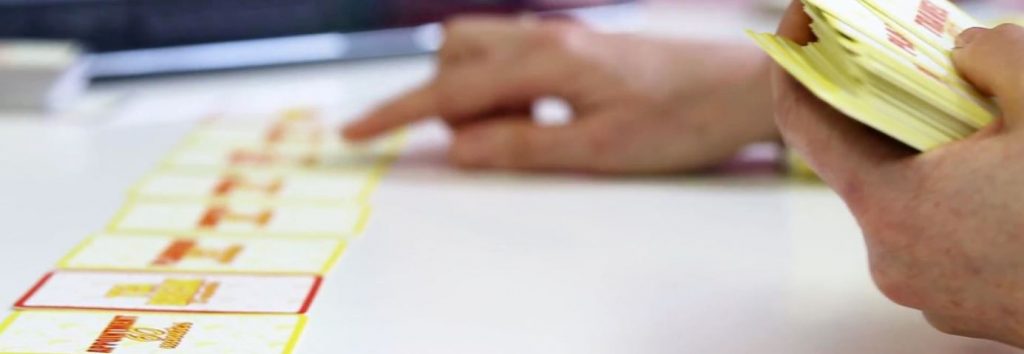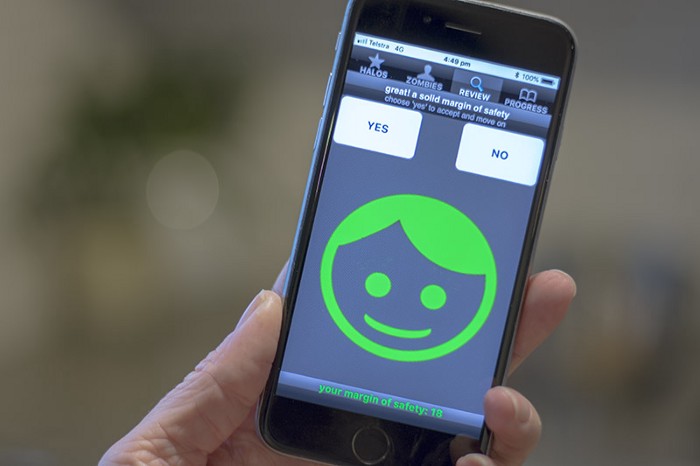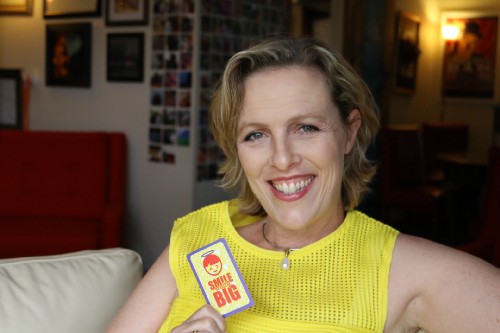Brain Changer provides a chronic pain management tool, developed around evidence based Pain Science. Before Brain Changer joins the Health Horizon Innovation Alley at the World Hospital Congress in October. We spoke to Managing Director Tina McIntosh about the team’s goals.

What is your health innovation? What does it aim to do?
Brain Changer is a tool that shows people how to do pacing, safety signalling and danger identification. It is designed to be used as a daily program. The tool puts into practice the bio-psycho-social model set out in Australia’s Clinical Framework for the Delivery of Health Services. The Clinical Framework reflects the most contemporary approach to treatment and incorporates recent developments in evidence-based practice.
How is your innovation relevant to hospitals?
Chronic or persistent pain is a massive problem affecting many different units within a hospital, including Pain Units, Endometriosis Units, Paediatric Units, Physical Rehabilitation Units, Palliative Care Units, Drug & Alcohol Rehabilitation Units and Rheumatology Units. The services hospitals offer range from imaging, surgery, injections, medication to pain education. Pain Education has solid evidence behind it to help people in pain to get better, but unfortunately it is usually only offered as a last resort and the wait time to get access to a program can be many months or even a year. This is crazy because it is the least risky and cost-effective method! Our great, big, hairy audacious goal is to partner with industry so that pain education becomes a first line of defence. Brain Changer can help hospitals help their patients by showing them how to do the daily work that will enable them to wind down their nervous system.
What challenges have you come up against in developing your health innovation? What motivated you to keep going?
The biggest challenge I’ve faced has been time. In the start-up phase there’s a massive amount of work to do and usually few people to do it with. Brain Changer has been four years in the making and I’ve only just put a team together in the past year. Before that I was doing it all myself. I’ve managed by using Brain Changer to pace myself each day, which forces me to be realistic about my time, be truly focused as well reminding me to do the good stuff, like stopping for lunch and exercising. I’ve also hired passionate, talented people with different skill sets to me and I check in with my mentors regularly.
The start-up world can be a bit of a roller coaster and it’s the great feedback we get from our users that motivates me to stick with it. They’re reporting less pain, less medication, improved function and some now regularly enjoy time pain free. I’m also really lucky to have a brilliant co-founder in Dr Aneal Chandra — he’s a data scientist, scientist as well as a software developer with some 20 years experience. I’ll mention some concept to him in passing and he’ll announce, “That’s an algorithm — I can write that into the App.”

What is one thing the public could do to help your innovation to succeed?
I implore people not to settle for a life of chronic pain! I have been living with chronic bilateral arm pain for 10 years since September 2014 when I stumbled across the work of Australian pain scientist Professor Lorimer Moseley. He’d discovered that you can re-train your brain so it doesn’t send chronic pain even if you’ve had chronic pain for a long time. I immediately set about getting my hands on everything Professor Moseley had written and listened to all his talks and interviews that I could find online.While I could understand the theory, I wasn’t clear about how to put it into practice in my daily life. So I’ve spent the last few years figuring this out!
I had my own personal breakthrough in October 2016 when I worked my first pain-free, 8-hour computer day in 12 years. My tool wasn’t the sole reason for this recovery; I also took medication, visited my physiotherapist and GP regularly, exercised and meditated most days. I had tried each of these strategies over the many years I’d had chronic pain but they only became effective when I added in a daily program of applied pain theory. So I think my tool could be the missing piece of the chronic pain rehab puzzle. The GPs, pain psychologists and physios I’ve shown it to think so too.
What is the next step for your innovation?
We are currently digitizing the card decks because our users have told us that while they love the physical cards, they want to be able take them with them in virtual format when they’re out and about.
What are the benefits of developing your innovation in Australia?
We have some of the best pain scientists in the world and we’ve been able to partner with them! Australia also has a really strong innovation community and one of the best things I’ve done is to connect with the Canberra Innovation Network. They regularly hold workshops for start-ups that are prized for its bootstrapping techniques as well as free networking events.
Brain Changer is one of twelve Australian health innovations being showcased by Health Horizon at the 2018 World Hospital Congress in Brisbane. Find out more about our diverse Innovation Alley cohort here.
Heading to WHC? Be sure to check out the Health Horizon Innovation Alley Stands 65–70. Chat and learn more about our great cohort, search our 1000+ database of Australian innovations and add your own innovations to our growing global database.

